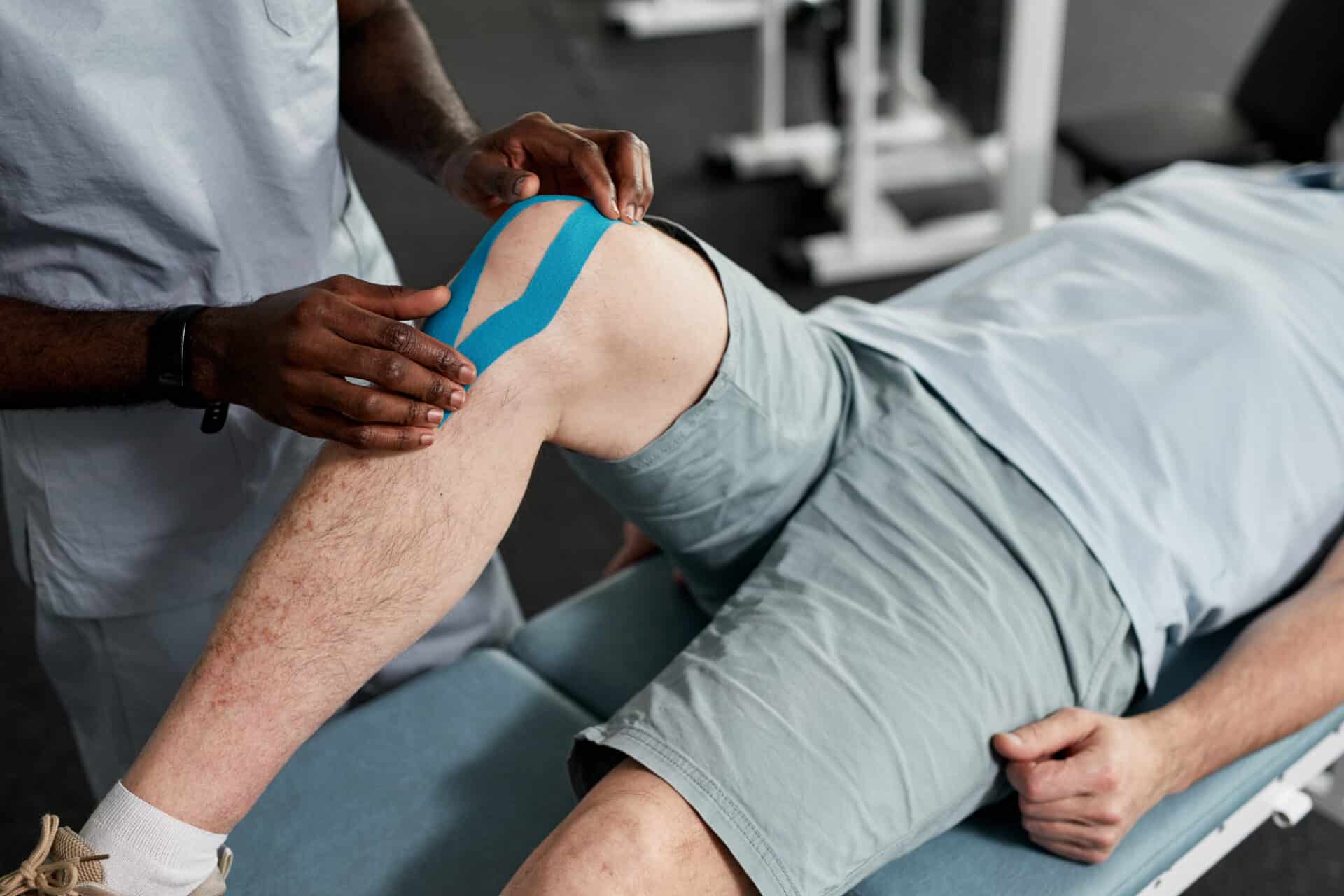Knee injuries are common among veterans, and one specific issue that often arises is meniscus tears. Let’s explore meniscus tears and VA disability claims, and how veterans often establish service connection. From understanding the anatomy of the knee to exploring the different types of tears and potential causes, the aim is to provide valuable insights for veterans navigating the complexities of VA disability claims related to meniscus injuries.
Understanding the Meniscus
The knee is a complex joint, and within its structure lies the meniscus—a crucial component for joint stability. The meniscus is a disc-shaped structure that acts as a shock absorber and provides support to the knee joint. To comprehend the significance of a meniscus tear, it’s essential to have a basic understanding of the knee’s anatomy.
In the knee joint, we find the patellar tendon, femur bone, tibia, and fibula. Ligaments such as the MCL (medial collateral ligament) and LCL (lateral collateral ligament) contribute to stability, along with the ACL (anterior cruciate ligament) and PCL (posterior cruciate ligament). The meniscus, positioned between the femur and tibia, plays a crucial role in maintaining joint stability.
Types of Meniscus Tears
Meniscal tears can occur through traumatic incidents or degenerative processes. Traumatic tears often result from sudden and forceful movements, such as a sharp twist during a sports activity. On the other hand, degenerative tears are more gradual and are commonly associated with aging or pre-existing conditions like arthritis.
Symptoms and Implications
Meniscus tears can manifest in various ways, with symptoms ranging from joint instability to locking and catching sensations. A “bucket handle tear” is a specific type that can cause the knee joint to lock, requiring prompt surgical intervention. Veterans experiencing these symptoms may find it challenging to perform daily activities, underscoring the importance of addressing meniscus tears in the context of VA disability claims.
Service Connection for Meniscus Tears
Establishing service connection for meniscus tears involves demonstrating a link between the injury and military service. If a veteran had a meniscal tear diagnosed and treated during service, the process may be more straightforward. However, cases where the injury was not initially diagnosed may require supporting evidence, such as buddy letters detailing persistent knee pain during service.
Post-service, if a veteran develops arthritis or experiences degenerative changes linked to a prior knee injury, this could provide additional support for claims for service connection. Additionally, secondary service connection may be considered if other joint injuries predispose an individual to meniscus wear and tear.
Degenerative Meniscus Tears: A Medical Perspective
Referencing a 2016 article from the British Medical Journal titled “Management of Degenerative Meniscal Tears and the Role of Surgery,” the distinction between traumatic and degenerative tears is highlighted. Traumatic tears are common in younger individuals after a significant injury, while degenerative tears are associated with middle-aged or older individuals, often coinciding with osteoarthritis.
Conclusion
In conclusion, understanding meniscus tears and their implications for VA disability claims is essential for veterans seeking recognition and support for their knee injuries. Whether the tear occurred during service or developed over time, veterans can pursue service connection by providing relevant medical evidence and establishing a clear link between their knee condition and military service. As each case is unique, veterans are encouraged to consult medical professionals and seek guidance from accredited legal professionals like Veterans Service Officers, accredited claims agents and attorneys to navigate the complexities of the VA disability claims process effectively.
Also read: Gout and Hypertension in Veterans Disability
At Prestige Veteran Medical Consulting, a veteran-owned company, we specialize in Independent Medical Opinions (IMOs) known as Nexus letters.
Our purpose is to empower YOU, the veteran, to take charge of your medical evidence and provide you with valuable educational tools and research to guide you on your journey.
Understanding the unique challenges veterans face, our commitment lies in delivering exceptional service and support.
Leveraging an extensive network of licensed independent medical professionals, all well-versed in the medical professional aspects of the VA claims process, we review the necessary medical evidence to incorporate in our reports related to your VA Disability Claim.
Prestige Veteran Medical Consulting is not a law firm, accredited claims agent, or affiliated with the Veterans Administration or Veterans Services Organizations. However, we are happy to discuss your case with your accredited VA legal professional.













